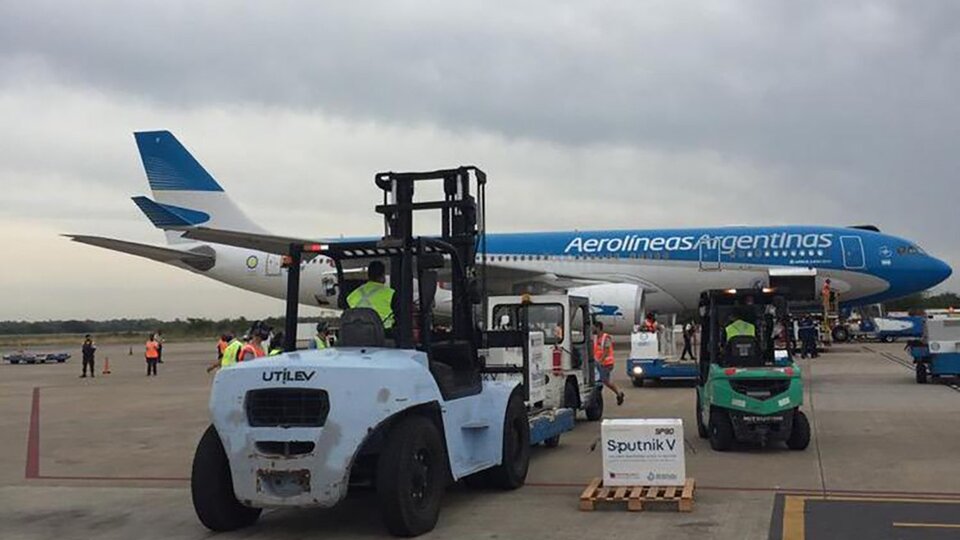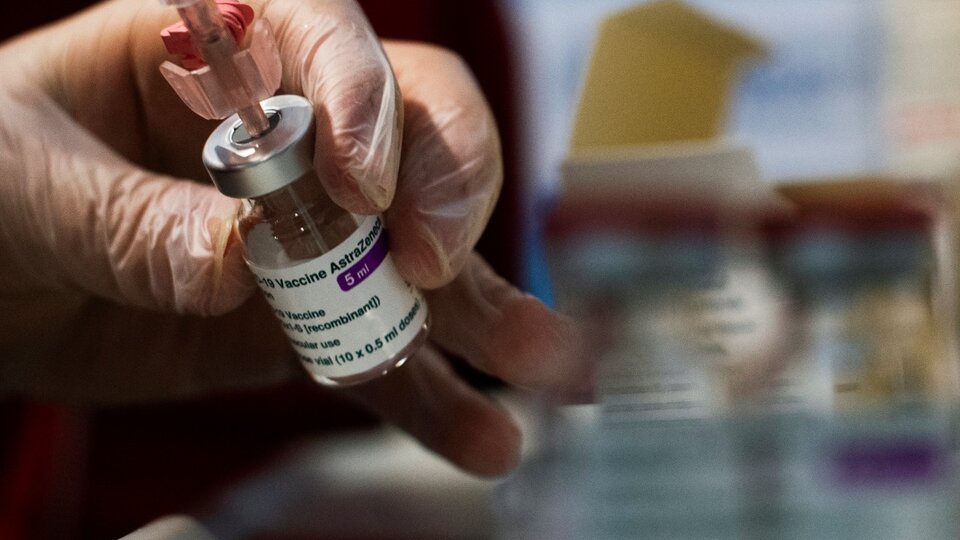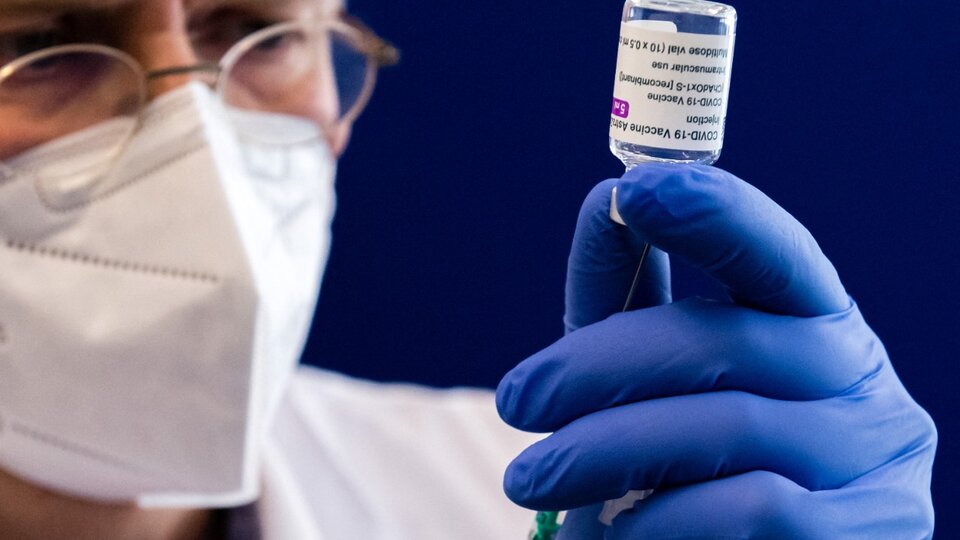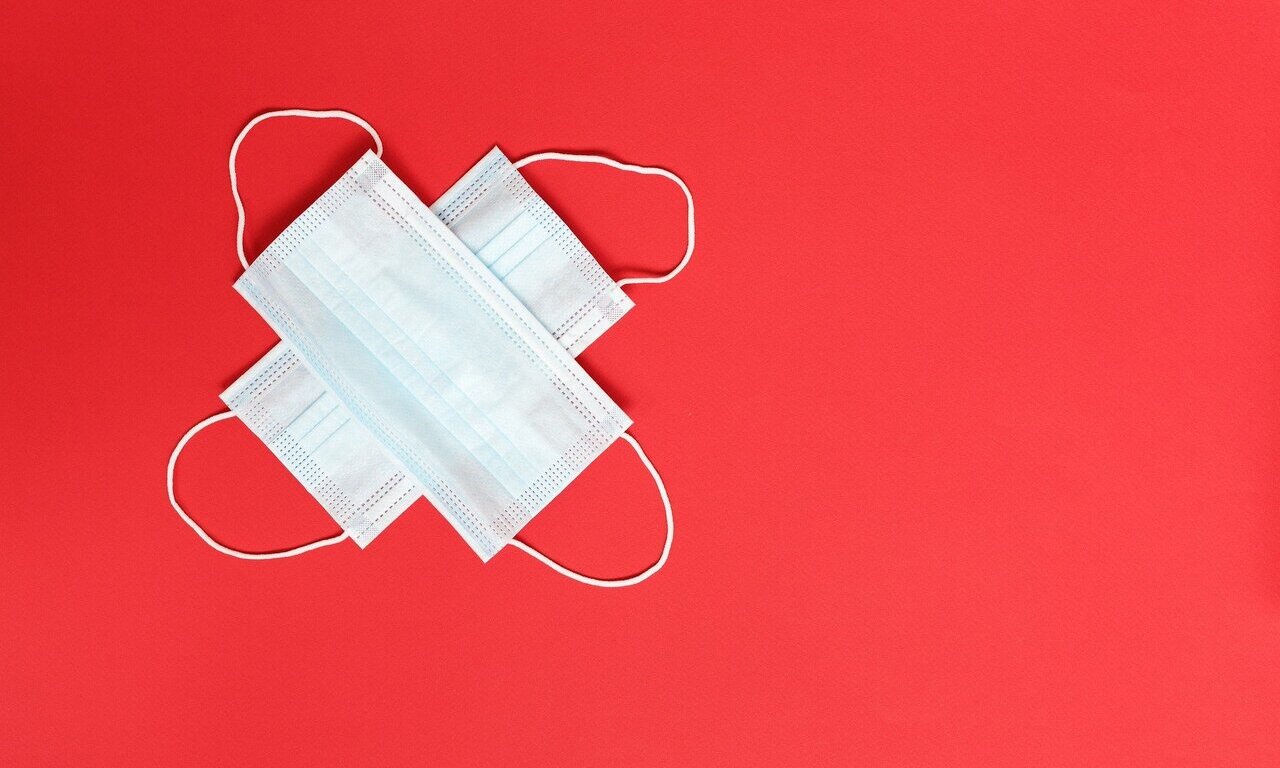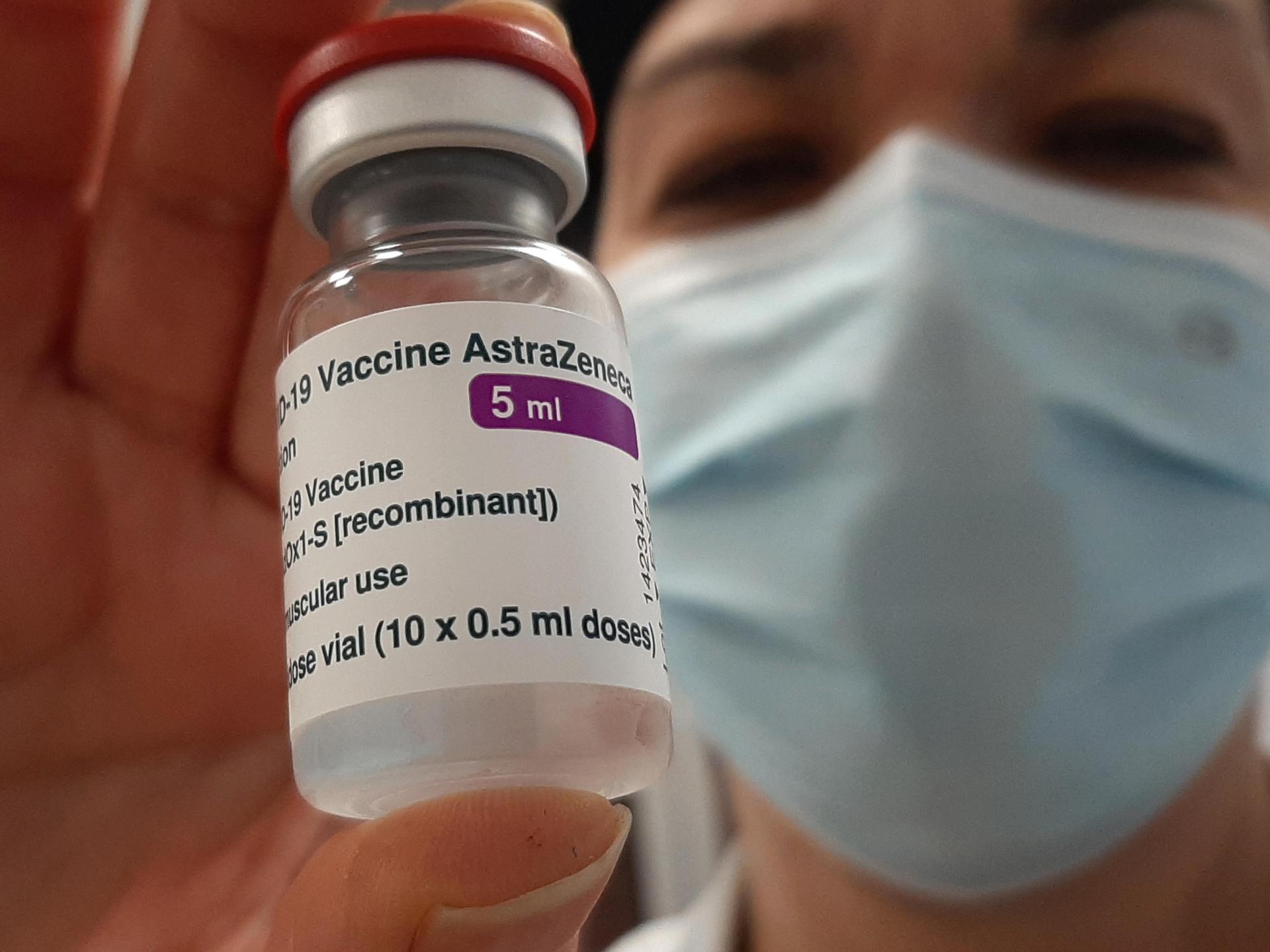gracielle
Registered
- Joined
- Jun 6, 2005
- Messages
- 3,754
- Likes
- 3,100
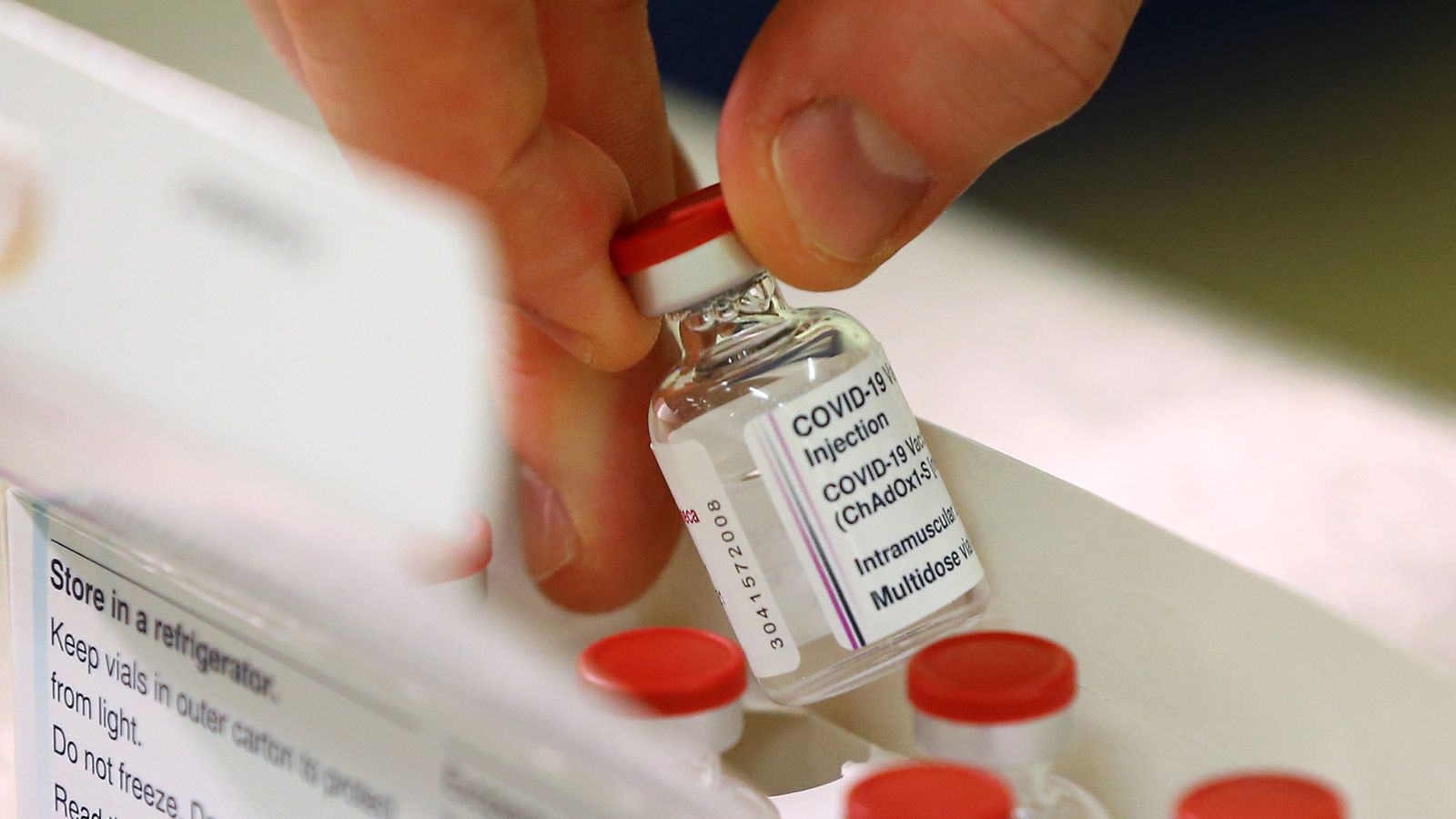
Oxford-AstraZeneca vaccine recommended for adults of all ages, say scientists advising the World Health Organisation
Some countries have decided not to give the jab to those aged over 65 due to doubts about its effectiveness in that age group.



